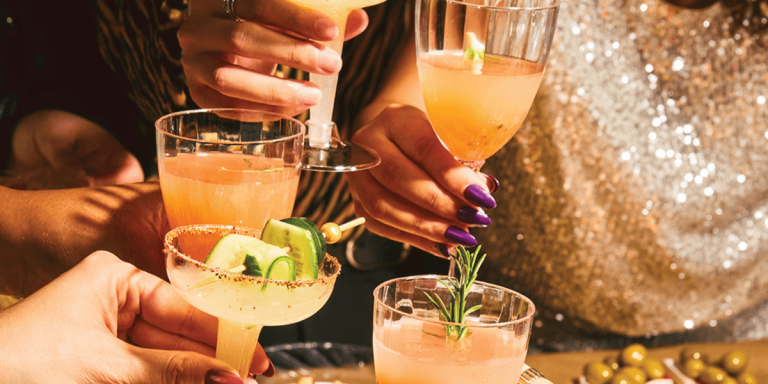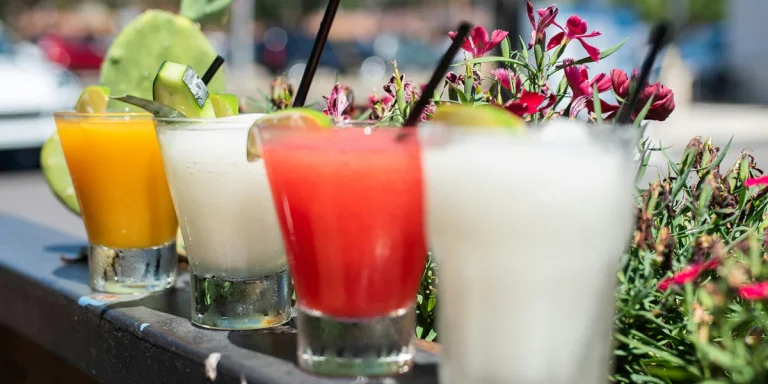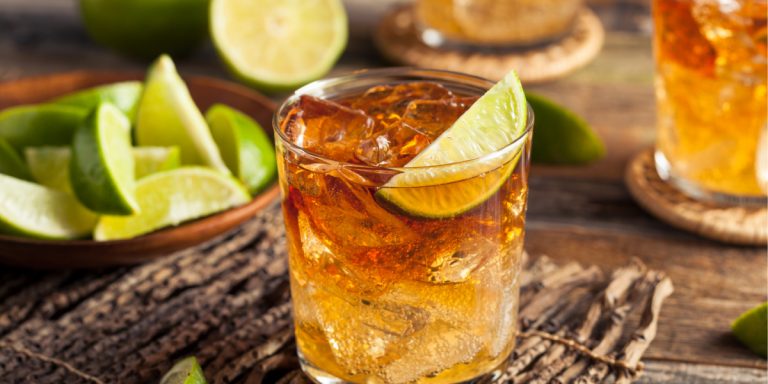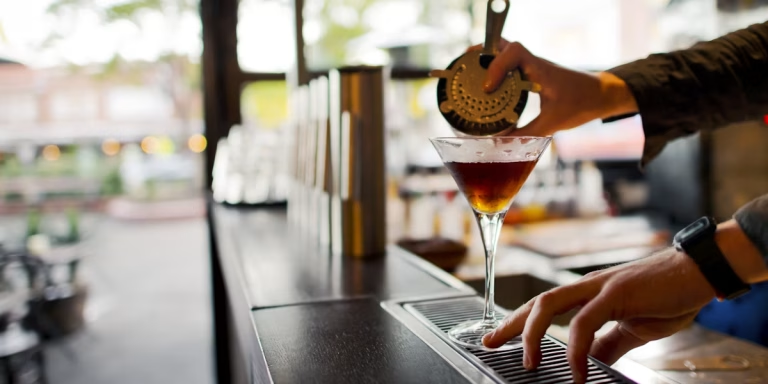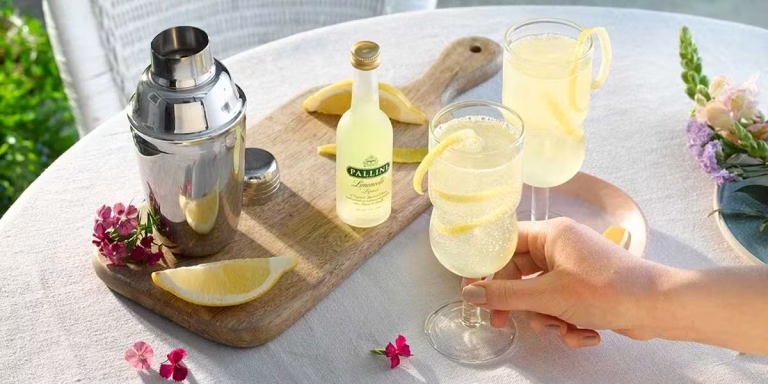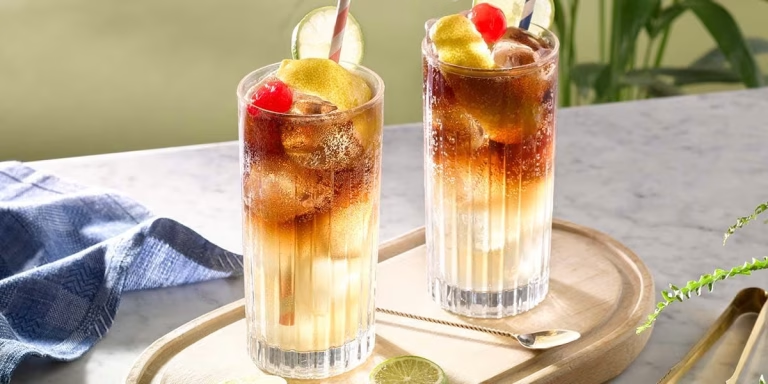From Bitter to Better: Playing with Tinctures
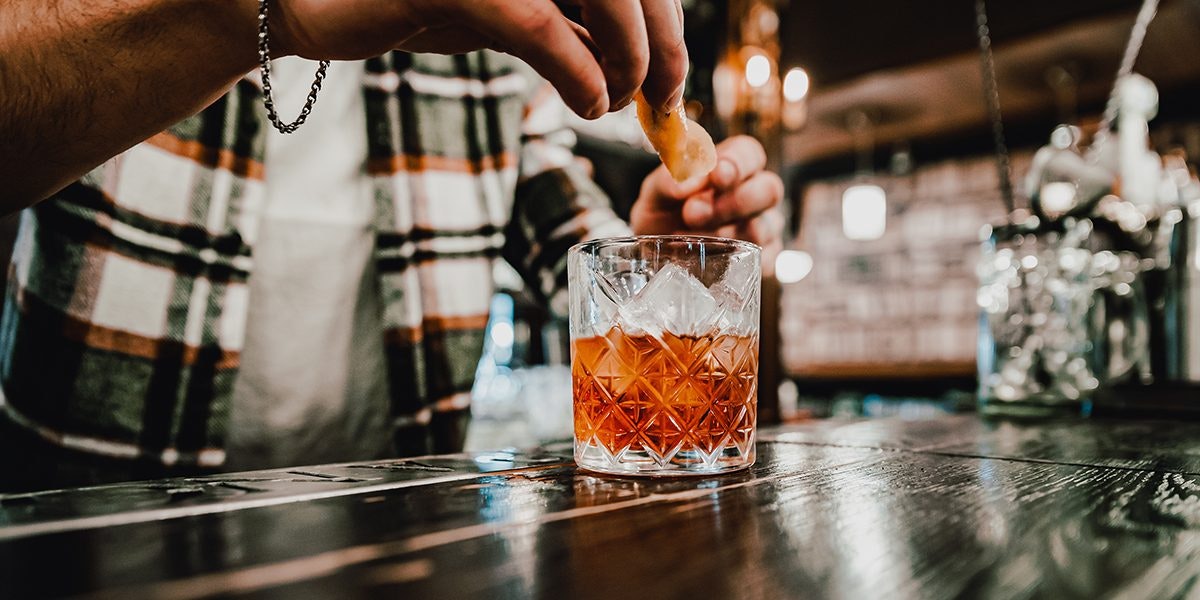
Tinctures may seem like small and unassuming bottles behind a bar, but they carry an extraordinary influence over cocktails. I like to think of them as the concentrated language of flavor tiny drops that can completely shift a drink’s mood. When I began experimenting with tinctures, I quickly realized they weren’t just an accessory; they were a tool for control, creativity, and even restraint. Playing with tinctures gave me a new way of viewing cocktails, not as fixed recipes, but as evolving canvases where balance is in my hands.
What Makes Tinctures Special
At their core, tinctures are highly concentrated extracts made by infusing herbs, spices, fruits, or other botanicals in high-proof alcohol. Unlike bitters, which usually combine multiple ingredients with complex layers, tinctures highlight a single note or a focused cluster of flavors. That difference alone makes them invaluable for shaping cocktails with precision. If I want just a whisper of clove or a subtle lift of citrus peel, a few drops of a tincture will do it without overwhelming the entire glass.
This kind of precision is what makes tinctures unique. They allow me to add a faint trace of complexity where it’s needed or to heighten an existing flavor without disrupting balance. They can be bold, but they can also be invisible in the best way supporting the drink quietly in the background.
Crafting Flavor Through Precision
One of the most satisfying aspects of working with tinctures is the ability to fine-tune a drink drop by drop. I’ve often made a cocktail that felt close to right but was missing just that last push. Instead of reaching for another main ingredient and risking imbalance, a tincture comes in as the exact adjustment tool. A splash of cinnamon tincture can warm a whiskey sour. A couple drops of lavender can soften a gin martini.
This level of control makes tinctures feel less like an add-on and more like an essential part of the cocktail process. They give me the freedom to test boundaries in ways that bitters and syrups don’t always allow. Syrups bring sweetness, bitters bring complexity, but tinctures bring precision.
Experimenting With Ingredients
Making tinctures at home has been one of the most creative parts of my cocktail journey. The process is simple select an ingredient, pair it with high-proof neutral spirits, and let time and alcohol do the extraction. The real fun is deciding which ingredients to use.
I started with the obvious choices like citrus peels, cloves, and vanilla beans. But tinctures invite exploration, and soon I was experimenting with less expected ingredients like cardamom, Szechuan peppercorns, and even dried hibiscus. Each brought something distinct to the table, often reshaping cocktails I thought I already knew.
When I made a jalapeño tincture, a few drops transformed a standard margarita into something sharper and more vivid without turning it into a spicy cocktail outright. A tincture of star anise gave a surprising depth to a rum punch, adding mystery in just a couple of drops. These experiments showed me how tinctures expand not only what’s possible, but also what feels exciting about cocktail crafting.
Elevating Classics With Subtle Shifts
What I love about tinctures is how they can breathe new life into classics without rewriting the recipe. A martini, for example, has been made in countless ways, but the addition of just a drop or two of rosemary tincture gives it a completely different personality. Suddenly it’s herbaceous, aromatic, and unexpected, yet still a martini at its core.
The same goes for an old fashioned. The base remains whiskey, sugar, and bitters, but a dash of coffee tincture can create depth that wasn’t there before. In a mojito, a peppermint tincture sharpens the minty freshness beyond what muddling leaves can accomplish. These adjustments don’t require overhauling the drink; they require only a willingness to play with details.
Building a Personal Collection
As my experiments grew, I found myself building a personal collection of tinctures that felt like a toolbox. I didn’t need dozens to cover all bases; instead, I focused on the flavors I used most often. Citrus tinctures became a staple, especially lemon and orange. Spice tinctures like clove, cinnamon, and cardamom gave me seasonal flexibility. A few floral tinctures, like lavender and rose, gave me the option of adding soft aromatic touches.
The beauty of tinctures is that they don’t take up much space, and because they’re alcohol-based, they last for months, even years. I now see them as investments in creativity tiny bottles that make every cocktail I make more versatile.
Pairing Tinctures With Spirits
One of the most enjoyable exercises has been pairing tinctures with specific spirits. Gin already carries botanicals, so floral tinctures like lavender and chamomile blend naturally with its profile. Rum welcomes spice tinctures, making cinnamon, vanilla, and clove natural partners. Whiskey, with its robust character, opens the door to bolder flavors like coffee or cocoa tinctures.
Vodka, being neutral, acts as a blank slate for almost any tincture, which makes it the perfect testing ground. Dropping in different tinctures with vodka let me experiment freely without worrying about competing base flavors. Through this, I learned more about how tinctures express themselves and how they integrate into cocktails.
Balancing Subtlety And Boldness
The biggest lesson tinctures have taught me is restraint. Because they are so concentrated, it’s easy to overdo it. One too many drops of clove can dominate an entire drink, and too much citrus tincture can make a cocktail feel sharp instead of bright.
The goal is not to make tinctures the star of the show, but to let them be the finishing touch the detail that makes everything else come together. I now test cocktails with tinctures by adding them one drop at a time, tasting, and adjusting slowly. This deliberate approach not only ensures balance but also deepens my understanding of flavor dynamics.
Tinctures As A Creative Playground
For me, tinctures are where creativity truly comes alive. They give me permission to think outside the expected and to take risks with flavors in a way that feels manageable. Even if a tincture experiment doesn’t turn out the way I hoped, it’s only a small batch, and the lessons I gain carry over to future cocktails.
They also inspire me to look at ingredients differently. When I walk through a spice market or see herbs at a farmer’s market, I now think not just of cooking but of how those flavors might live in a cocktail through a tincture. This mindset shift has made mixology less about following recipes and more about creating experiences.
Sharing Tinctures With Others
Introducing friends to tinctures has been one of the most rewarding parts of this journey. When I serve a familiar cocktail and then offer them the same drink with a tincture twist, the reaction is almost always one of surprise. It’s a way to show that cocktails are not static but alive, capable of endless variation.
I’ve even shared some of my homemade tinctures as gifts, and they’ve sparked curiosity in others to start experimenting themselves. That’s the beauty of tinctures they’re approachable for both the seasoned bartender and the curious beginner.
Final Thoughts
From bitter to better really sums up what tinctures mean to me. They take the bitterness, the sharpness, the raw intensity of concentrated flavors, and transform them into tools for creating better cocktails. They give me flexibility, control, and endless opportunities to experiment.
Cocktails are not just about spirits and mixers; they’re about expression. Tinctures provide a way to refine that expression with detail and intention. They may come in small bottles, but their impact is anything but small. Every drop is a chance to take a drink from ordinary to extraordinary, and that’s what keeps me reaching for them time and again.

